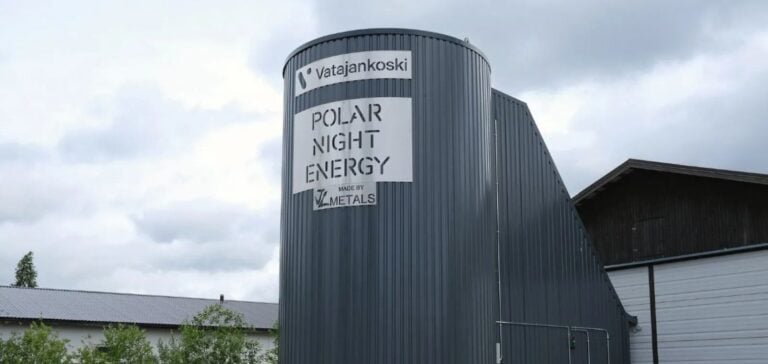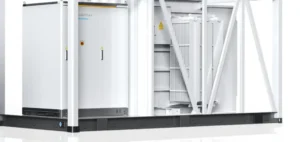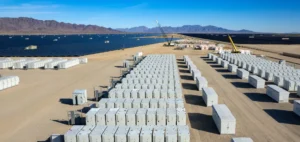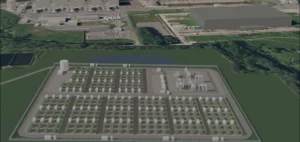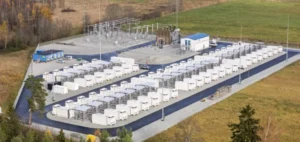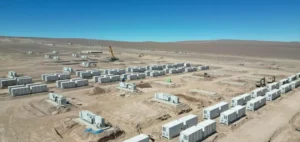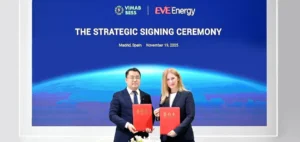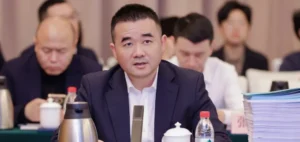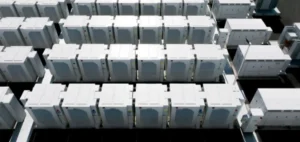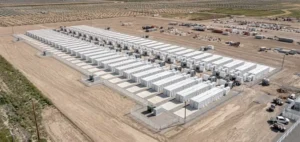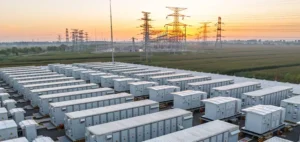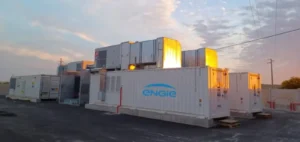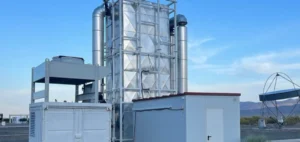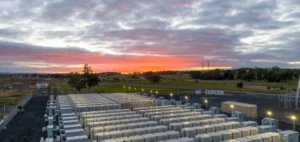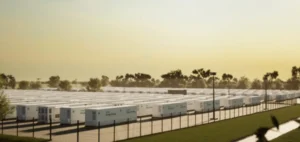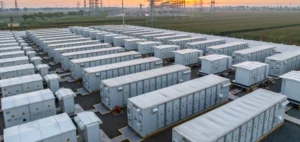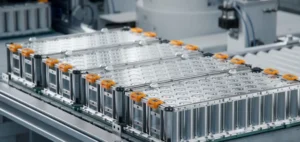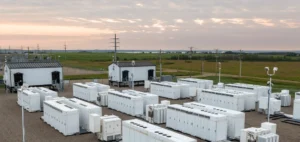Loviisan Lämpö, a Finnish district heating company, is now operating the largest Sand Battery to produce cleaner heating energy. This facility aims to reduce dependence on fossil fuels, while storing renewable energy as heat. The system consists of thousands of tons of heated sand, capable of retaining heat for extended periods. The operators assert that this setup helps reduce pollutant emissions, relying on electricity from low-carbon sources.
A system designed for energy flexibility
The technical solution for this thermal storage was developed by Polar Night Energy, a company based in Tampere. Its goal is to provide district heating companies with a system that allows them to store energy efficiently and use it during periods of high demand. According to Loviisan Lämpö, carbon dioxide (CO2) emissions could decrease by 70% in the Pornainen network, representing a reduction of about 160 tons per year. However, optimizing the charge and discharge cycle remains a major challenge to ensure the project’s economic viability.
Elisa, a Finnish telecom operator and international digital services provider, brings its artificial intelligence (AI) technology to automate the Sand Battery’s flexibility offering. This solution identifies optimal times to power the system with electricity or, conversely, reduce consumption when the grid requires it. Fingrid, the Transmission System Operator (TSO) in Finland, remunerates entities capable of stabilizing energy production and consumption. Implementing this mechanism would allow district heating operators to limit the purchase of traditional fuels.
The importance of AI in storage management
According to Jukka-Pekka Salmenkaita, VP in charge of AI at Elisa, the flexibility provided by thermal storage is crucial for the future of the energy sector. The AI continuously calculates changes in electricity prices as well as production forecasts, in order to optimize the Sand Battery’s charging. This automated control facilitates the injection of energy during periods of overproduction, especially when wind production exceeds demand. In such a scenario, the heating company is paid to consume more electricity and help balance the grid.
On its side, Polar Night Energy emphasizes the need to further electrify heating to reduce the share of fossil fuels. Liisa Naskali, COO of the company, points out that the ability to participate in reserve markets is an important lever to encourage this transition. In the event of an unexpected drop in electricity production or a power plant shutdown, the Sand Battery can halt its consumption and continue to provide heat through stored energy. Operators see not only an environmental benefit but also a way to secure their long-term revenue.
A solution suited to the Finnish context
Figures for carbon neutrality in Finland’s electricity already reach 94%, according to official data from Finnish Energy. This context further justifies moving toward the electrification of heating, still a major source of emissions. The Pornainen facility, which includes a steel cylinder 15 meters in diameter and 13 meters tall, has a power capacity of 1 MW (megawatt) and a thermal storage capacity of 100 MWh (megawatt-hour). These specifications make it possible to cover multiple days, or even several weeks of usage, depending on requirements.
Mikko Paajanen, CEO of Loviisan Lämpö, believes that revenues from reserve market participation ensure solid profitability for the Sand Battery. Elisa’s expertise in electrical optimization is based on extensive market experience, where price fluctuations demand constant adjustments. The company uses an optimization algorithm to determine, in real time, when it is more advantageous to consume or reduce consumption. Construction work is progressing, and commissioning is scheduled after the final tests, which will focus on the storage system’s efficiency and operational performance.


